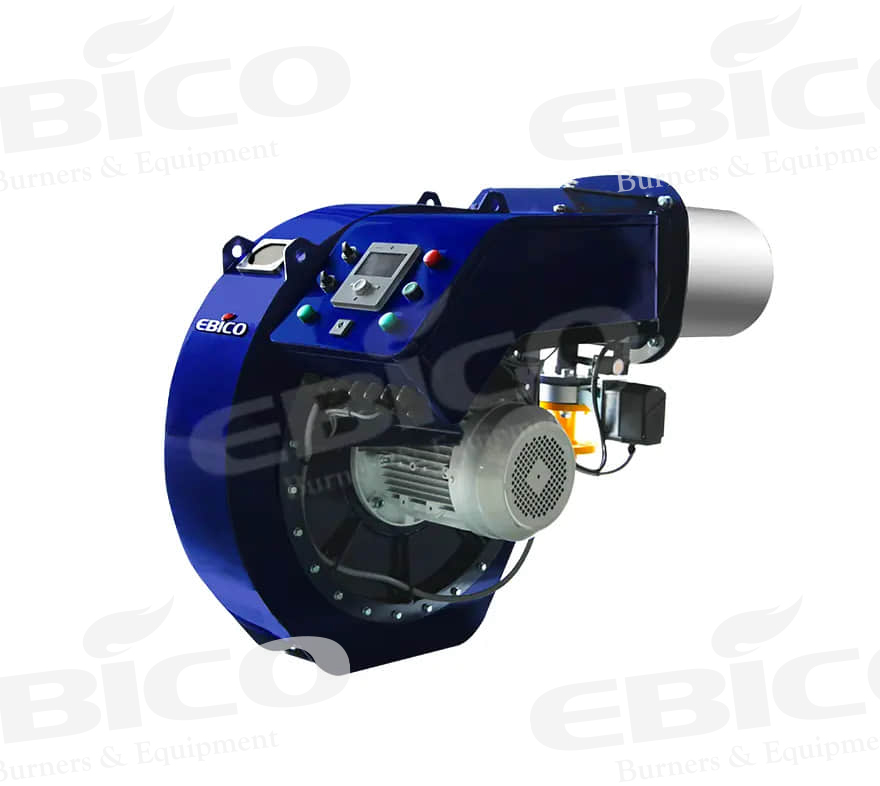Overview Of The Technical Principle Of Flameless Combustion
Overview of the technical principle of flameless combustion
1、Method for judging flameless combustion state
As for the definition of a flameless combustion state, there is no very clear specification in the world. At present, people agree with the research on winning and his son. Through a large number of experiments, they have obtained the relationship between the internal circulation rate of flue gas and the temperature when mixing and combustion are carried out simultaneously under the diffusion combustion mode.

The axial evolution and radial diffusion of fuel jet and oxidant jet lead to the entrainment of the surrounding air, which gradually dilutes the combustion products and gases not participating in the reaction in the central area of the jet to reach the “low oxygen” combustion state.
In addition to these, there are other judgment methods. For example, the temperature rise is used to determine whether the combustion is flameless. Kumar et al. Believe that after the normalization of the combustion process, the temperature change in the reactor is about 15%, which can be defined as flameless combustion. Antonio lavaliere et al. Used the inlet temperature and temperature rise to describe the combustion condition. The research also reached the following conclusion: the inlet temperature lower than the spontaneous combustion temperature and the temperature rise higher than the inlet temperature is called feedback combustion, the process where the inlet temperature is higher than the inlet temperature is called high-temperature combustion, and the process where the inlet temperature is higher than the inlet temperature is also called flameless combustion.
2、Flameless combustion system
In the absence of an external heat source, the reactants can be heated to above 1000 ℃ only by recycling the waste heat or high-temperature waste heat of combustion flue gas. The flue gas conditioning process in the furnace controls the mixing of fuel, air, and flue gas. The volume fraction of oxygen in the combustion area of the furnace is 2% – 5%. The fire boundary extends to the whole furnace so that the furnace temperature distribution is uniform, the combustion efficiency and utilization rate are greatly improved, and a new combustion mode different from the traditional luminous flame is formed.
3、Flameless combustion characteristics
1. High temperature and low oxygen are the basic conditions for flameless combustion. Before the reaction, the oxidant shall be preheated to reach a certain high temperature or sufficient preheating, so that the temperature at any position of the furnace is greater than the spontaneous combustion point of the fuel oil during the combustion of the furnace;
2. Fully dilute the fuel and oxidant by such methods as entrainment by high-speed jet or backflow by the special structure of burner, and filling diluent gas, and keep the oxygen concentration in combustion reaction zone between 2% – 15% as much as possible;
3. In the flameless combustion mode, the combustion is “soft” and there is no combustion noise. The combustion space is diffused in a large range so that the temperature distribution of the whole space is uniform and the pollutant emission is reduced.
4、The way to realize flameless combustion
1. Fill with nitrogen.
2. High-speed jet.
3. Special combustion chamber structure.
